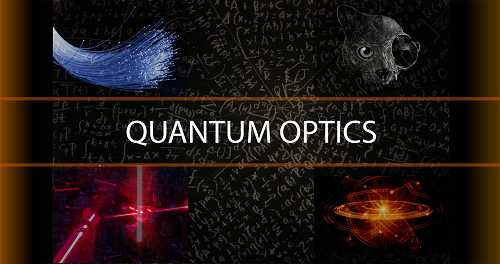Quantum Computing

Being active in research, Dr. Kyriienko also devotes significant effort for education of the new generation of scientists. Quantum computing is developing rapidly, and soon we will need more graduates that can design and programme novel quantum hardware. However, how can one enter the field as an undergraduate, and get hands-on experience? To learn the subject efficiently it is so much better to have small quantum computers available, and play with circuits. Oleksandr was one of first researchers who joined the IBM Quantum Educators programme. He encourages students to experiment with real devices, and can see tremendous progress as a result. The full story preparedwith the help from quantum team in IBM is described at the Excellence in Education blog. The image on the right shows the interior of quantum computing system, and is a courtesy of IBM.
From April 2021 Oleksandr became the STEM Ambassador for South-West UK, participating in outreach activities and introducing quantum technology to school students of diverse backgrounds.
Currently, Dr. Kyriienko is a module leader for the Quantum Optics and Photonics course at the University of Exeter, as well as being the mentor for MSc and BSc projects.
Previously he has been teaching various subjects of physics, including Quantum Mechanics and Elementary Particles Physics (Univ. Iceland), and Quantum Electronics (NTU, Singapore). He has also desinged a mini-course for graduate students on path integral techniques in quantum mechanics, and recently presented a series of lectures on emergent quantum machine learning algorithms.
Quantum Optics and Photonics

QO&P is taught by Dr. Kyriienko to last-year MSc cohort at the Physics department, University of Exeter. Below we provide the course description and learning outcomes.
The course explores how light may be controlled and guided at the level of few photons. It describes how quantum physics may be harnessed in the future to offer new and exciting opportunities in manipulating light, including quantum computing and communication. Quantum Optics ranges over basic physics, mathematical formulation of quantum theory, and topical applications. The image on the right shows the logo of QO&P course from the Virtual Learning Environment @ UoE.
The aim of Quantum Optics and Photonics module is to develop a detailed understanding of the physics that underpins quantum optics and photonics, and learn the underlying mathematical language. It will teach to solve problems from topics at the forefront of current optics research, such as the production and manipulation of light in non-classical states, and will introduce to the field of quantum computing.
Topics include: quantum mechanics in Dirac notation; entanglement; coherent light and lasing; optical cavities; nonlinear optics; atom-photon interaction; cavity QED; novel light sources and single photon emitters; quantum communication; teleportation; quantum computing.